Pelvic Shape and Underwear
Did you know that there are 4 basic pelvic shapes and they could have a role in your underwear style and fit preference? We'll take an in-depth look at the different pelvic types and how this is represented in the retail market. First off, what are the basic types and how are they identified?
Four Pelvic Shapes
Gynecoid - Round, cylindrical inlet shape with wide pubic arch (90 degrees or more).
Anthropoid - Long, narrow oval. Deeper than wide with narrow pubic arch.
Android - Heart, or triangular inlet shape with narrow pubic arch.
Platypelloid - Flattened, wide oval inlet shape. Wider than deep. Wide pubic arch.
While there was a time where pelvic shape correlated with a particular demographic, modern data shows that is no longer the case. (Betti, L. 2017)
In addition to the four ‘classic’ or ‘pure’ types, it was decided that combinations (‘mixed’ types) were not only possible, but actually more likely. (Kuliukas, A, et. al 2015)
Why is this relevant to sewing knickers at home? If you’ve ever tried on a pair of underwear from a store only to find the gusset too narrow or too wide, this maybe one reason why.
It means that particular panty was likely designed for a different pelvic shape! While most gusset widths fall between 2 - 3” (5 - 7.5cm), someone with the Platypelloid shape may need an even wider gusset width than the Gynecoid.
General Style Preferences
Some professionals in the lingerie industry believe our pelvic shape plays a role in our knicker style preferences. Anecdotally, this makes sense as someone with a full, round bottom may have less coverage in the same Bikini cut as someone with less fullness. Without the ability to customize panty fit, we are left to select styles that best suit our anatomy.
May like:
High Cut Bikini or Brazilian or Tanga or Thong
High Waisted Brief or High Cut Brief or Tanga or Thong
High Cut Brief or Cheeky Bikini or Tanga or Thong
High Waisted Bikini or High Cut Brief or Cheeky Hipster
Someone with:
Gynecoid (round, cylindrical hips)
Anthropoid (deep, narrow hips)
Android (heart, narrow hips)
Platypelloid (flat, wide hips)
Incidence in Females
According to data commonly available in nursing and midwifery circles, the majority of females have a Gynecoid shape at approx. 50%. (Salk, I., Cetin, M., Salk. S., Cetin, A. 2014) The Android shape comes in second at approx. 30% with the Platypelloid with a mere 3%. Some new research indicate that Android is dominant at 59% with Anthropoid at 12%, Gynecoid at 14% and Platypelloid at 13%! (Delprete, H. 2017)
It should be noted that these percentages represent the female population as a whole, of which is a smaller group who sew, of which an even smaller subset sew lingerie. It is within this much smaller group that we find our lingerie sewing community. We then must allow for some shifting of the numbers as a significant number of those who choose to sew their own lingerie may do so based on the difficulty of finding underwear that fits from retail stores. It is therefore possible that the incidence of Platypelloid is significantly higher than 3% - a population that is ignored within retail as the industry aims to fit the majority.
As with all research data, the conclusions are limited by the sample of participants in terms of race and age.
Pelvic Tilt & Gusset Mapping
We can’t really discuss pelvic tilt without touching upon gusset mapping in regards to knickers. So what is a pelvic tilt and how does it relate to the gusset of a sewing pattern?
PELVIC TILT - the degree and/or angle a pelvis is rotated, which forces the spine to curve.
Anterior Tilt is when the top of the pelvis rotates forward. Example - models and exotic dancers with an arched back to create exaggerated curves. Often accompanied by sway back.
Neutral Tilt is when the pelvis does not have any rotation forward or back.
Posterior Tilt is when the top of the pelvis rotates backward. Example - ballerinas with bellies/bottoms tucked in/under to create long lines.
It is possible for someone wearing same pair of knickers to have different fits depending on how they stand! A pair of underwear that fits well in Pole class may expose a bit too much in the front and/or camel toe when worn in Ballet class due to stance. As usual, someone can have varying degrees of tilt in either direction.
GUSSET MAPPING - location and shape of the area between the legs. This includes identifying where the narrowest part is in relation to the crotch area.
It is possible for 2 people with the same waist and hip measurements to need different gusset lengths and/or placements. As home sewers, our first instinct is often to widen or narrow the gusset to suit but this may compound fit issues as the issue may be related to the gusset (that narrowest part) needing to SHIFT forward or back. This assumes that the overall crotch length meets your needs.
Pattern Adjustments
In short, pelvic tilt relates to how you stand, gusset mapping relates to your anatomy due to stance, while gusset width relates to your pelvic shape. Try not to get too bogged down on the pelvic shape as its very likely modern humans have a combo of the various types. One may need to adjust for one or all of these depending individual needs. The ideal order of operations is to identify gusset width first, then compare waist-to-waist measurement (between the legs) to account for soft tissue, then any gusset mapping based on pelvic tilt. We’re basically starting with hard structures, then soft structures and the variable last.
Some people may find it helpful to compare the printed pattern against the body. We recommend sitting cross legged with the gusset pattern piece for this process.
Conclusion
Most retail garments (sewing patterns included) are designed to fit the majority to maximize sales. This means that if a person’s body type doesn’t match the majority, that person is more likely to experience fit issues in mass produced clothing. One of the fabulous reasons many of us venture in to the sewing world is to customize the fit for our own, uniquely fantastic bodies. Sometimes, this involves a more in-depth look at our bodies and having a think about what are preferences are and why.
***The information in this guide is for informational use only and is pared down for ease of understanding. It is not a comprehensive list and should not be taken as such. While there are a number of peer reviewed research papers documenting the various pelvic shapes dating back to 1938, information on knicker styling and preferences are purely anecdotal and such are more qualitative.***
LITERATURE CITED
*https://www.healthline.com/health/types-of-pelvis
**https://www.spinningbabies.com/blog-resource-library/birth-anatomy/
***https://thesewcialists.com/2021/05/14/allbuttswelcome-unmentionables-crotch-variation-in-pantie-fitting/
****https://nursekey.com/the-woman-with-an-intrapartum-complication/#f0030
*****https://maeheardbio.wordpress.com/2019/01/30/anterior-pelvic-tilt/
******Lecture notes from Professor with 50+ years in the Lingerie Industry.
*******Lecture notes from Professor with 35+ years in the Swimwear Industry.
Betti, L. 2017. Human Variation in Pelvic Shape and the Effects of Climate and Past Population History. THE ANATOMICAL RECORD Vol 300:687–697
Delprete H. 2017. Pelvic Inlet Shape Is Not as Dimorphic as Previously Suggested. THE ANATOMICAL RECORD Vol 300:706–715
Kuliukas, A., Kuliukas, L., Franklin, D., Flavel, A. 2015. Female pelvic shape: Distinct types or nebulous cloud? British Journal of Midwifery Vol 23:Issue 7
Lopez-Zeno, J. 2008. Presentation and Mechanisms of Labor. Global Library of Women’s Medicine. DOI 10.3843/GLOWM.10126
Salk, I., Cetin, M., Salk. S., Cetin, A. 2014. Determining the Incidence of Gynecoid Pelvis Using Three-Dimensional Computed Tomography in Nonpregnant Multiparous Women. Medical Principles and Practice Vol 25:40–48


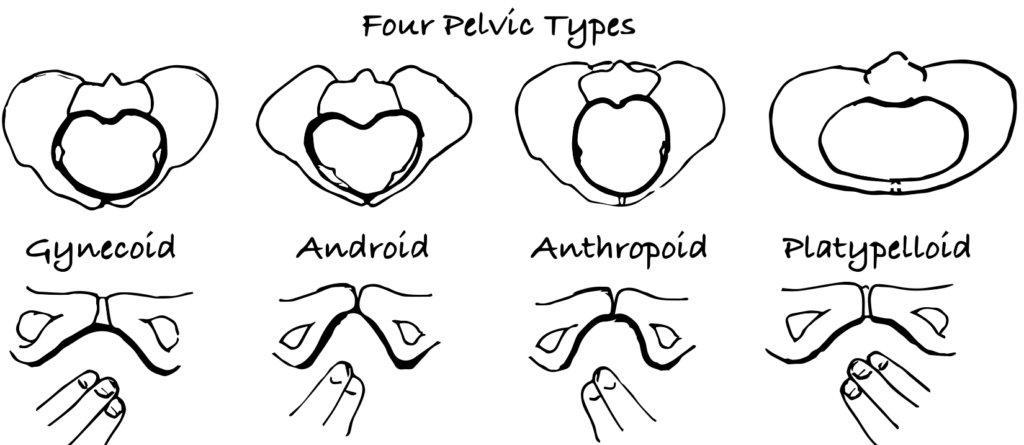
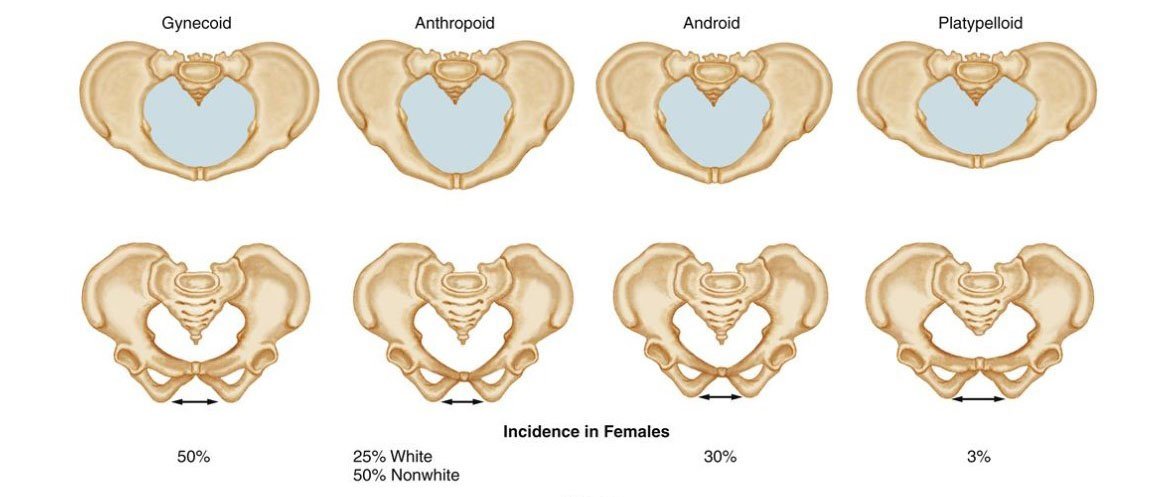
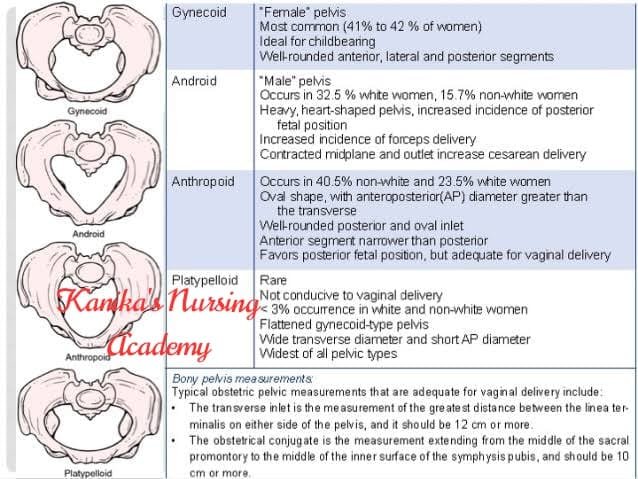


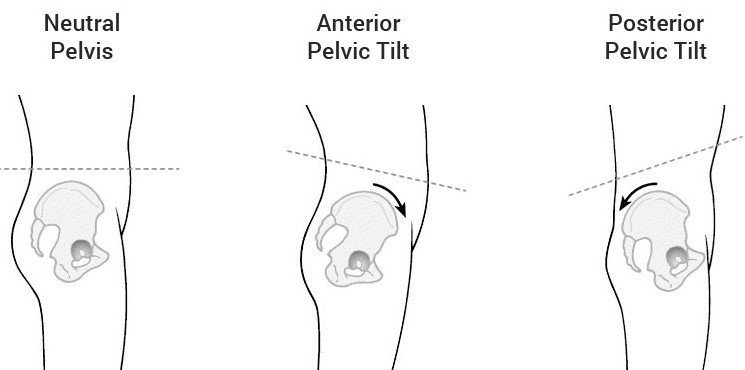

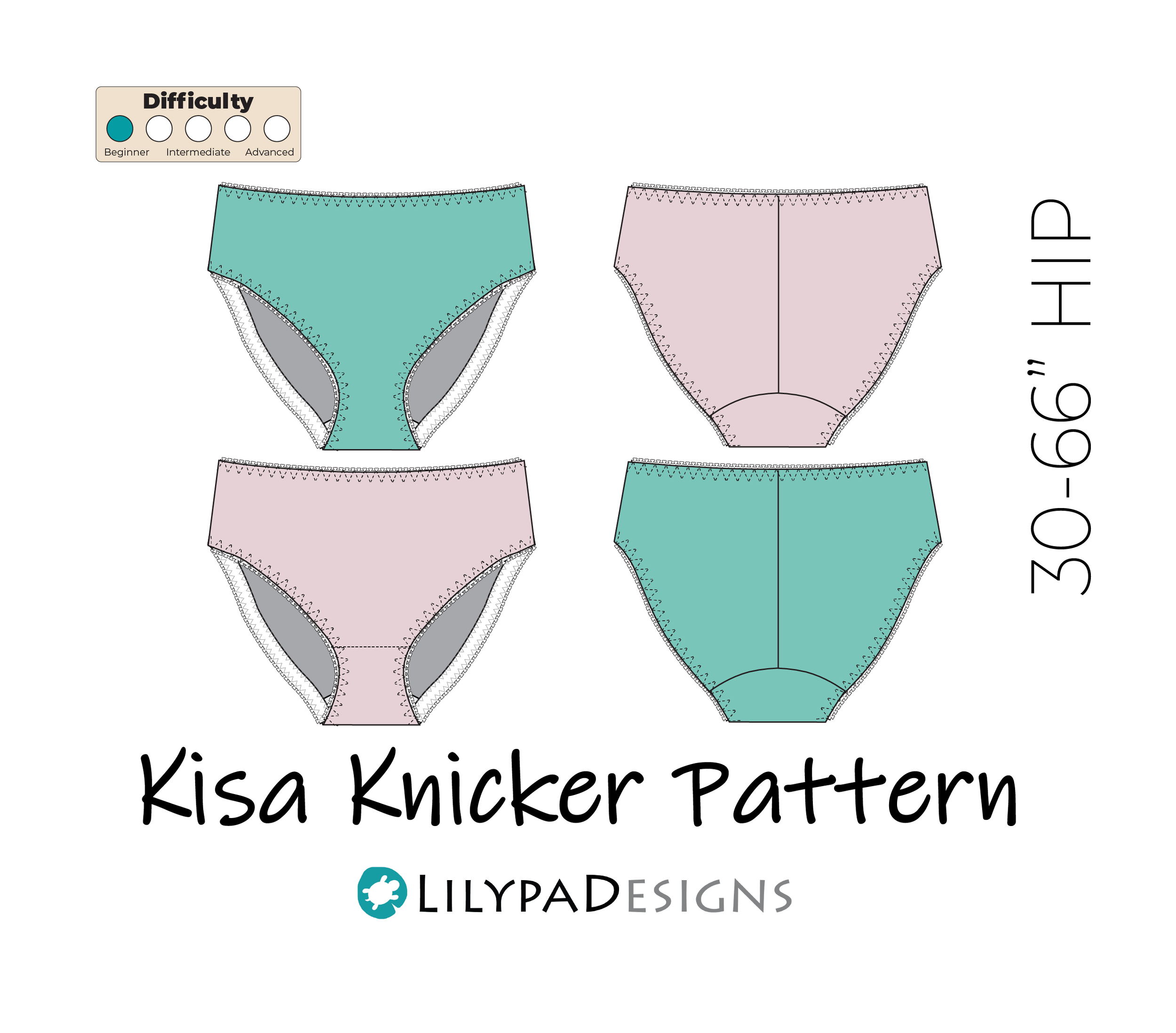
The Haru Knicker is a modular underwear pattern with options! This versatile knicker features various gusset widths for different hip shapes, multiple waist circumference options for each hip size, and is ideal for stretch laces. Includes optional front pocket and front closure for accessibility. Great for beginner and intermediate sewists.
Stretch lace (6”) band
Fully line gusset and multiple gusset widths
Optional Front Closure (for accessibility)
Optional Front Pocket (for a tiny heat pad during that time of the month)
***********This is a PDF SEWING PATTERN and not a ready-to-wear lingerie product. ***********
Add'l Details ↓